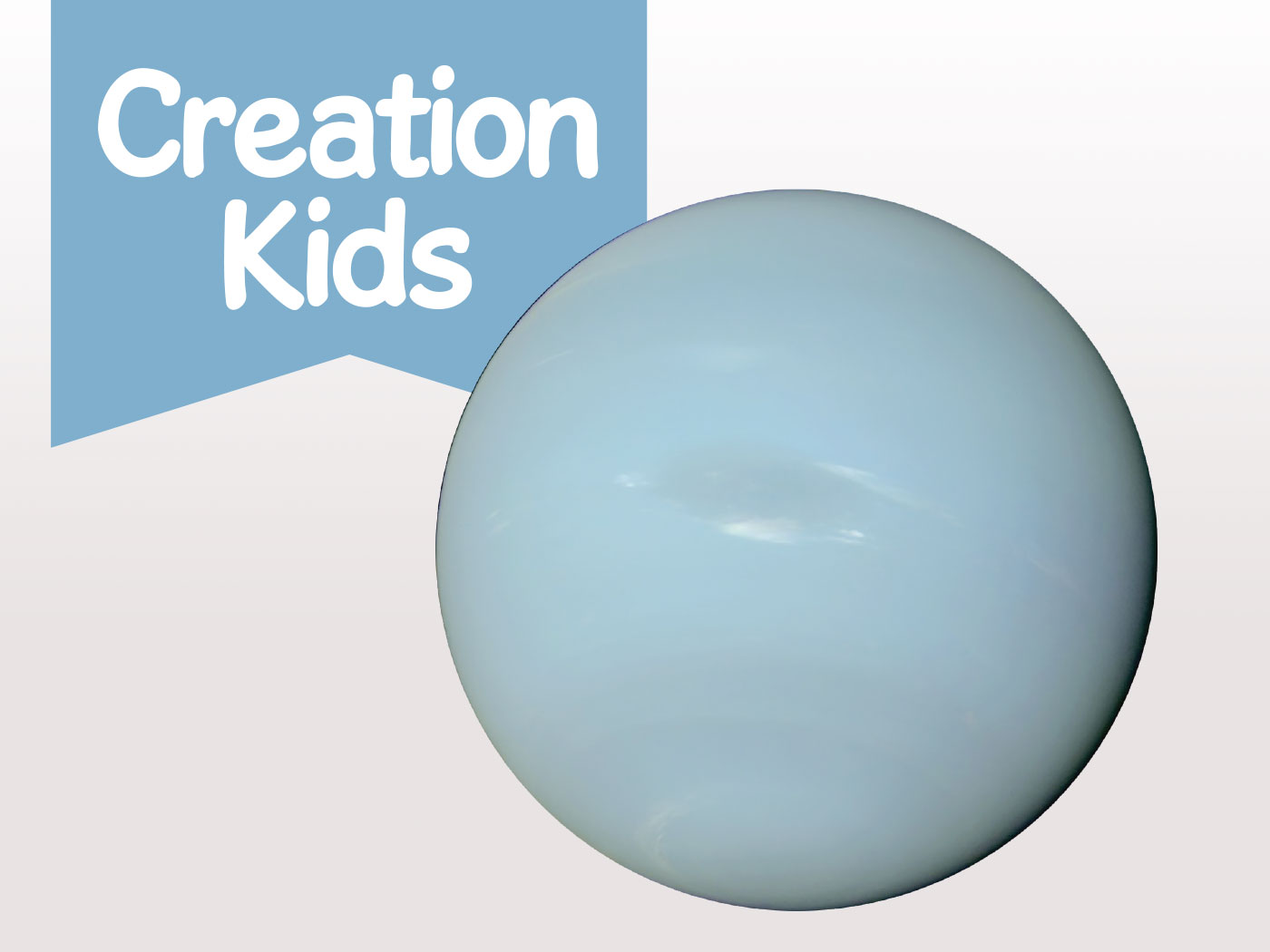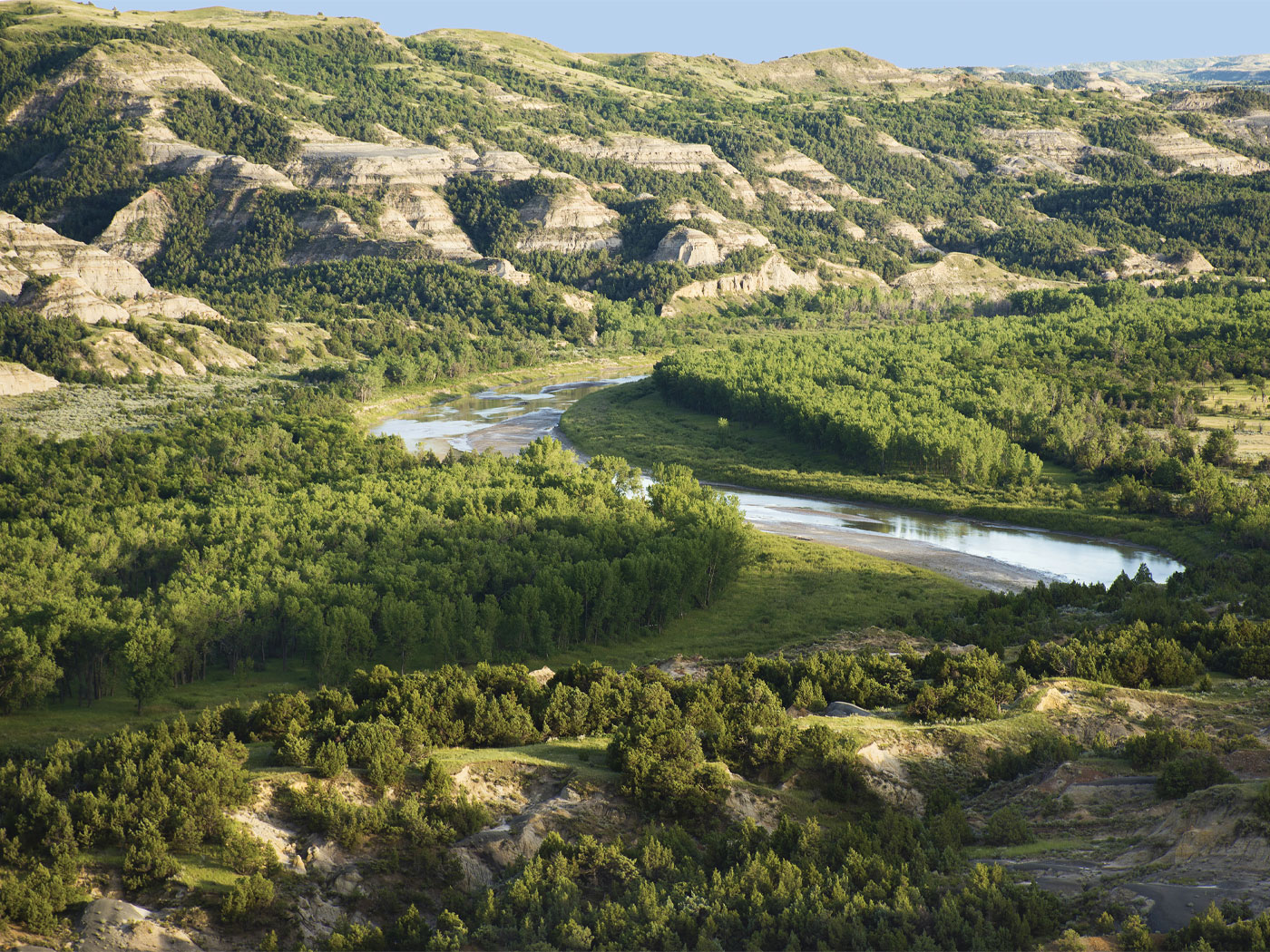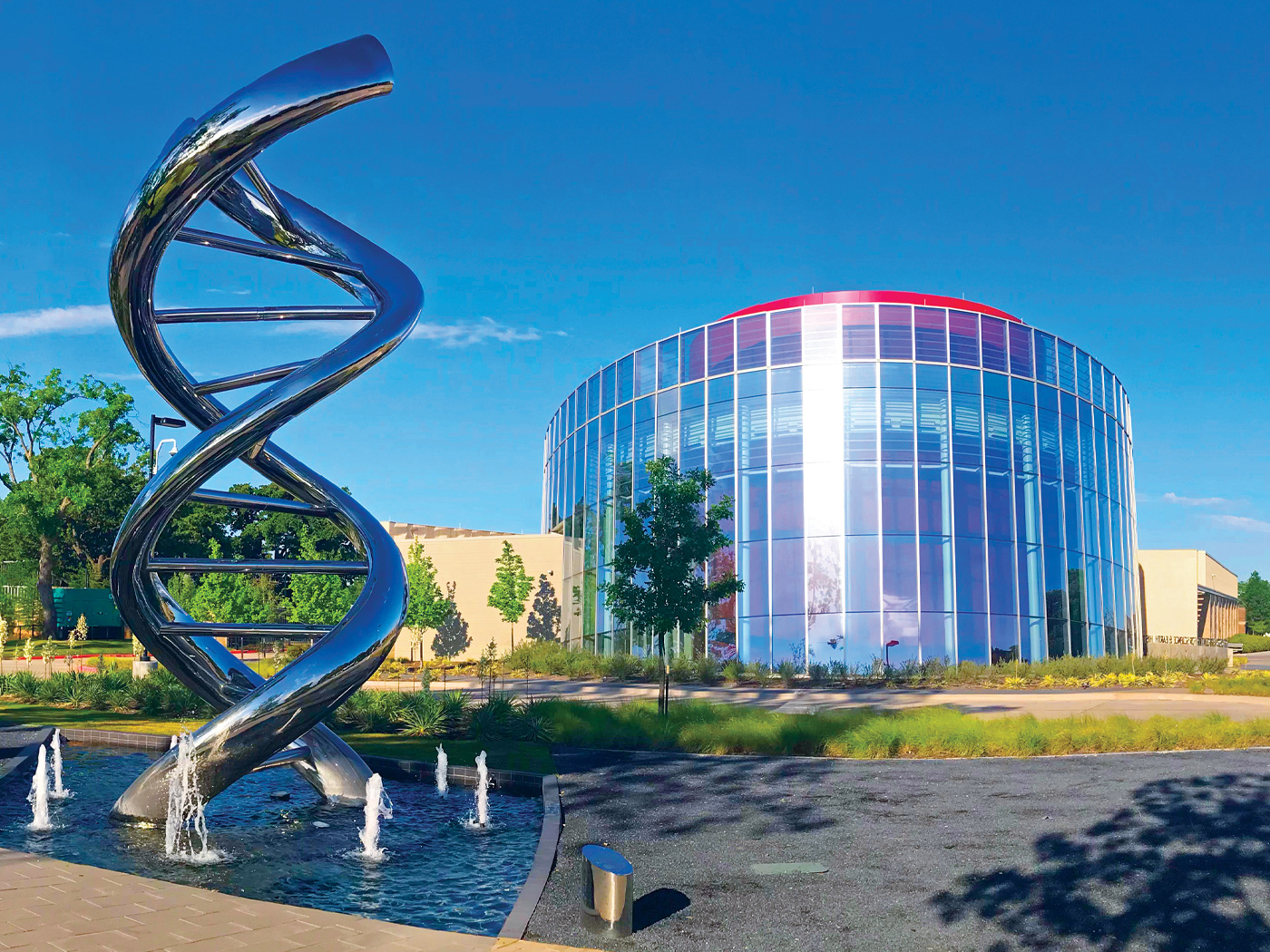The Scriptures declare that "God ... formed the earth ... to be inhabited" (Isaiah 45:18). An impartial study of the Earth soon convinces the student that there is a tremendous amount of meaning behind this simple statement.
The Earth
The Earth is the only planet circling our sun on which life as we know it could (and does) exist. A brief glance at the Earth and all other known planets finds many startling contrasts. The Earth as a planet consists mostly of iron, oxygen, sulfur, silicon, magnesium, and nickel (total, 98%), with the other two percent consisting of about a hundred other elements. Like no other planet, ours is covered with green vegetation, blue-green seas, streams, rivers, mountains, and deserts which produce a spectacular variety of color and texture—all other known planets are covered with lifeless soil which varies only according to slight movements made by wind or mild air currents. Completely barren, the surface of most planets is totally in contrast to the Earth's with its blue lakes, green oceans, huge land masses and 500,000 islands. Even from a distance, its colors are quite lively—bright greens, blues and whites—whereas the surface of all other known planets are rather dull.
Some type of life is found in every niche on the Earth. Even in the extremely cold Antarctica, hardy microscopic beings exist in ponds, tiny wingless insects live in patches of moss and lichen, and even two types of plants flower yearly. From the top of the atmosphere to the bottom of the oceans, from the coldest part of the poles to the warmest part of the equator, life persists here. To this day no sign of life has been found on any other planet.
The Earth is immense—8,000 miles in diameter and weighing roughly 6.6 x 1021 tons. If the Earth traveled much faster in its 292-million-mile-long orbit around the sun, centrifugal force would pull it away from the sun, and if too far, all life would cease to exist. If it traveled slightly slower, the Earth would move closer to the sun, and if it moved too close, all life would likewise perish. The Earth's 365 day, 5-hour, 48-minute and 45.51-second-round-trip is accurate to a thousandth of a second! If the yearly average temperature on Earth rose or fell only a few degrees, most life on it would soon roast or freeze. This change would upset the water-ice and other balances, with disastrous results. If it rotated on its axis slower, all life would die in time, either by freezing at night because of lack of heat from the sun, or by burning during the day from too much sun.
The Sun
Of all the energy the sun gives off, only one billionth of its daily output is picked up by the Earth. The sun does provide the Earth with more than 130 trillion horse power each day, about fifty thousand horse power for each current resident. Even though there are likely several hundred billion galaxies in the universe, there is only one atom for every 88 gallons of space, which means most of the universe (the vast majority, actually) is empty space!
If the Moon were much nearer to Earth, one result would be huge tides which would overflow onto the lowlands and erode the mountains (and with the continents leveled, it is estimated that water would cover the entire surface to the depth of a mile and a half)! If the Earth was not tilted 23° on its axis, but was at a 90° angle in reference to the sun, we would not have four seasons. Without seasons, life would soon not be able to exist here—the poles would lie in eternal twilight, and water vapor from the oceans would be carried by the wind towards both the north and south, and would freeze when close enough to the poles. In time, huge continents of snow and ice would pile up in the polar regions, leaving most of the Earth a dry desert. Eventually the oceans would disappear and rainfall would cease. The accumulated weight of ice at the poles would cause the equator to bulge and, as a result, the rotation of the Earth would drastically change.
The Miracle of Water
Another example which illustrates the rigidity of environmental variations for life to exist is that of water. The Earth is the only planet with huge bodies of water—70% of its surface area consists of oceans, lakes, and seas surrounding huge bodies of land. The few planets that have water contain only moisture floating as vapor on their surface, not large bodies of liquid water as on Earth.
Water is unique in that it absorbs large amounts of heat without much alteration in its temperature. Its absorption speed is extremely rapid—about ten times as fast as steel. During the day, the seas rapidly soak up a great deal of heat, thus the Earth stays fairly cool. At night, the oceans release the vast amounts of heat that they soaked up during the day, which combined with atmospheric effects, keeps the surface from getting too cold at night. If it were not for the tremendous amount of water on the Earth, there would be far greater day and night temperature variations. Many parts of the surface would be hot enough to boil water in the day and the same part would be cold enough to freeze water at night. Water is an excellent temperature stabilizer. The large oceans on Earth are a vital part of our survival!
The large amount of water on the Earth could create problems, though. If something is heated, it expands, and when cooled, contracts. Thus, given two objects of the same size and material, if one is cooler, it will be heavier. This may not seem like a problem, but in the case of water, it would be, if it were not for a rare anomaly. Water, as almost all other substances, contracts when cooled, but in contrast to virtually all other materials (there are very few exceptions, such as rubber and antimony), it contracts when cooled only until it reaches 4° Centigrade then it, amazingly, expands until it freezes. If water continued to contract when cooled, it would become heavier and thus sink to the bottom of the ocean. Further, when water turned to ice, it would likewise sink to the bottom of the ocean. One result of this is that the ocean bottom would be extremely cold—and many fish would die. In time, more and more of the ocean would become ice as more froze on the surface, sank, and accumulated at the bottom.
Thus, for much of the Earth, the ice that forms in seas, oceans, and lakes stays near the surface where the sun and the warm water below melts it in the summer. Water that is warmer than 4°, being heavier, sinks to the bottom and warms the depth of the oceans. This process of surface water warming and sinking to the bottom, plus the Coriolis effect produces ocean currents. These currents, among other things, insure that most of the ocean stays in a liquid form. Indeed, "The Lord by wisdom hath founded the earth; by understanding hath He established the heavens." Proverbs 3:19.
The Miracle of Air
On the land, the opposite happens. Air, after it is warmed, rises—and the air close to the surface of the Earth is heated via light energy from the sun. The air near the surface then rises upward. The result is that the air near the Earth's surface maintains a temperature in which life can exist. If air acted the same way that water did, the temperature on the Earth's surface would be unbearable—and life could not survive for very long. The temperature a few hundred feet above the surface, on the other hand, would be quite cold and, likewise, life could also not exist there. The only habitable region would be a thin slice of air, but even here life could not exist for long. Plants and trees which would be necessary to support the life in the atmosphere could not survive as they would be in the cold zone. Thus birds would have no resting place, or food, water or oxygen. But air rises when heated and thus life can exist on the Earth.
The movement of warm air from the surface rising upward creates air currents (wind) which are an important part of the Earth's ecological system. They carry away carbon dioxide from areas which overproduce, such as cities, and move oxygen to areas in need of it, as large urban population centers.
The mixture of gases usually found in the atmosphere, without man's pollution, is perfect for life. If it were much different (more oxygen, less carbon dioxide, etc., or the atmospheric pressure was much lighter or heavier), life would cease to exist on Earth.
If our atmosphere were thinner, many of the millions of meteors which now are burned up would reach the Earth's surface, causing death, destruction and fires everywhere.
Adaptation to Environment or Creation of Environment for Life?
If evolution works to evolve life to fit the existing environments, why has it not equally conquered all of the environments here and elsewhere? Earth is far better suited for life than any other planet, yet most of the environments even here, are either too hot or too cold, too far underground or too far above ground to support much life. In the several thousands of miles of changing environments from the center of the Earth to the edge of its atmosphere, there are only a few feet of habitable environment, and therefore almost all creatures are forced to live there. Although only the Earth was made to be inhabited (Isaiah 45:18) in our solar system, even on the Earth only a thin slice is ideally suited for life.
This thin section, though, is teeming with life. It is estimated that an acre of typical farm soil, six inches deep, has several tons of living bacteria, almost a ton of fungi, two hundred pounds of one-cell protozoan animals, about one hundred pounds of yeast and the same amount of algae.
Conclusion
The extremely fine line between an environment where life can and cannot exist is illustrated by the fact that it is estimated that a one-degree temperature change in the average worldwide temperature would, in time, seriously affect life on the Earth, and a two-degree temperature change could be disastrous to life. The tolerances are extremely small, and if there are any other planets in the universe, it is unlikely that any of them could have life, due to the extremely rigid conditions necessary for life to exist.
The chances of a planet being just the right size, the proper distance away from the right star, etc., are extremely minute, even if many stars have planets circling them, as some speculate. The mathematical odds that all of these and other essential conditions happened by chance are astronomical—something like billions to one!
* My thanks to Dr. David Johnson, Professor of Chemistry at Spring Arbor College, and Robert Laing, President of Clean Flow Laboratories, for their help on this article.
The above article was originally published in June 1985. For an updated article, please click here.



















